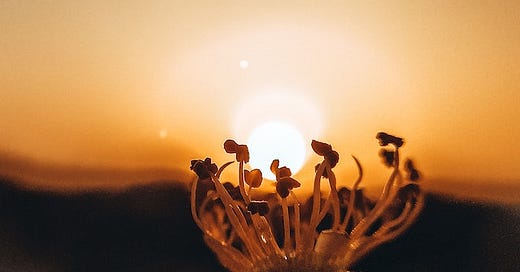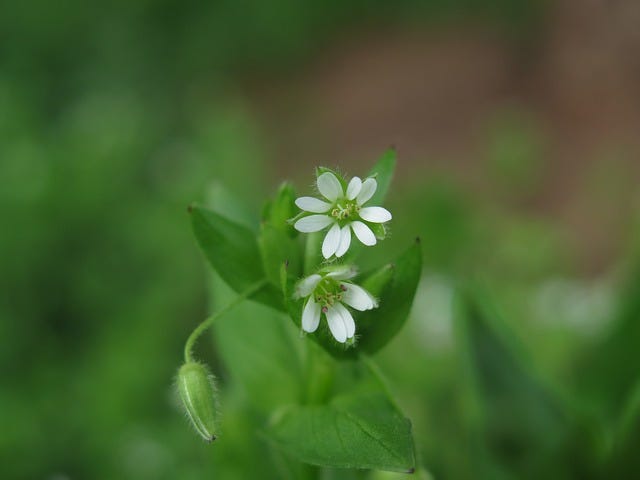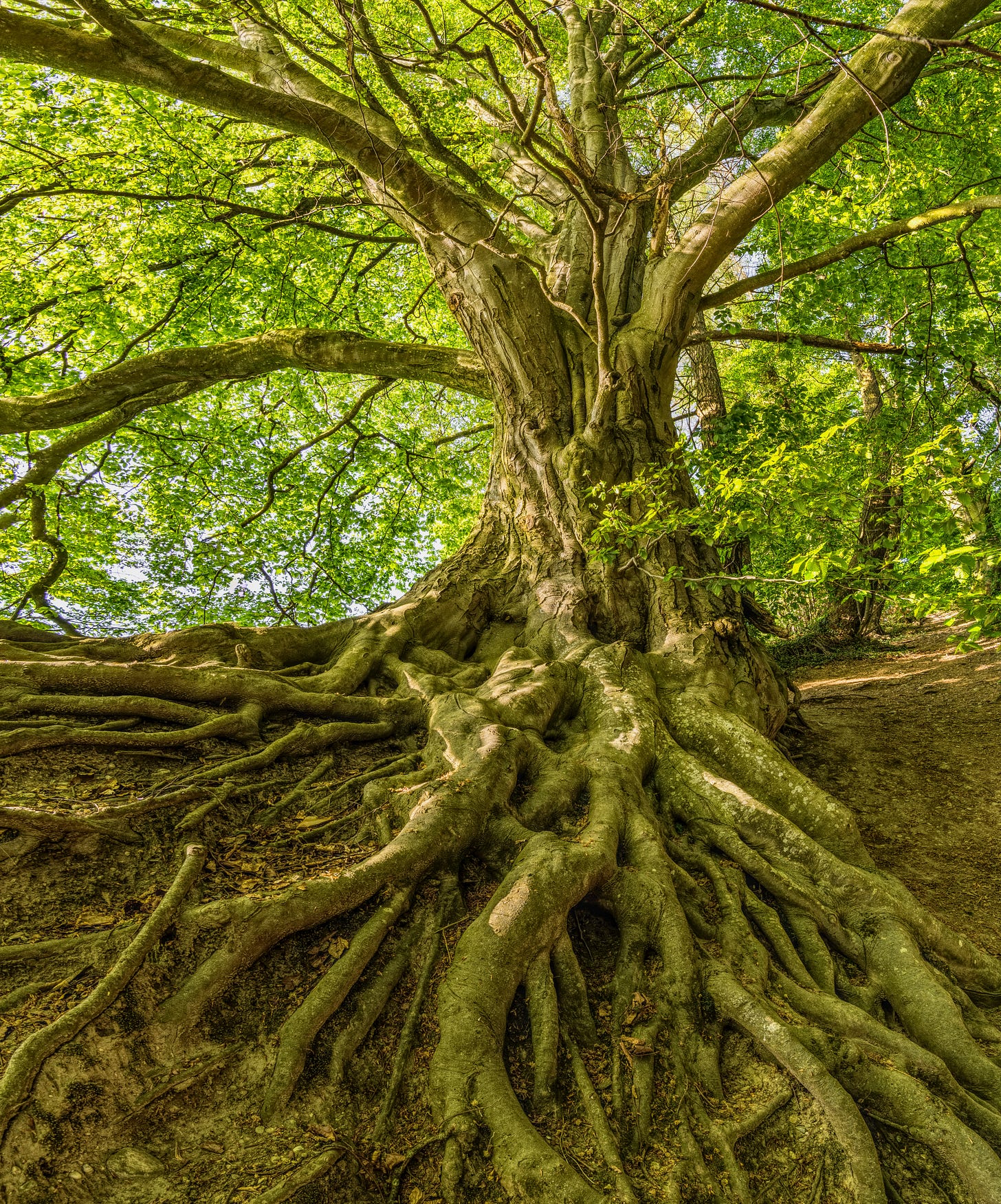If you attended a state primary school in Britain in the 80’s, it’s highly likely you’ll have fond memories of the BBC computer. Designed and built by the now defunct Acorn computers for the BBC Computer Literacy Project, it was accompanied by a television programme aimed at educating children about the rudimentary basics of computer operation and programming.
My own recollection of this “pinnacle” of human technology, was of a hulking piece of metal ceremoniously wheeled into the classroom every Wednesday afternoon. Each week at the nominated time, a frisson of excitement would go around the room, as the squeaking trolley trundled through the door - our young, impressionable minds eagerly awaiting to be transported into the magical world of the future, where anything was possible.
My most vivid recollection is of a game called “Bio-rhythms” - a very basic programme which, upon inputting your date of birth, would churn out fascinating data ranging from how you felt at that precise moment, to what time you should go to bed.
At the tender age of nine, I was amazed by the thought that a clunky piece of metal could predict such tantalising “facts” about anyone who typed their birthday into the keyboard.
This was my first introduction to the idea that humans have a set of natural rhythms and bodily functions which are regulated by an internal clock, and that these cycles controlled important things like sleep, wakefulness and body temperature.
I have to be honest and say that I still understand very little (does anyone?) about the complex mechanisms behind this phenomenon. The only thing I can say with absolute certainty is, that if I ever veer too far beyond the bandwidth of my habitual patterns, I don’t tend to fare very well.
However, it wasn’t until fairly recently that I really began to contemplate the idea that it isn’t just humans who are subject to biorhythms, but that plants are also governed by the wonderous workings of nature.
In the 18th Century, an English physician by the name of William Withering (isn’t that a brilliant name?) observed the following characteristics of chickweed (Stellaria media.)
“This species is a notable instance of what is called the Sleep of Plants; for every night the leaves approach in pairs, so as to include within their upper surfaces, the tender rudiments of the new shoots; and the uppermost pair but one at the end of the stalk, are furnished with longer leaf-stalks than the others so that they can close upon the terminating pair and protect the end of the branch.”
Chickweed is also quite reliable when it comes to predicting the weather. If the plant closes up, then poor weather is forecast. Half-open flowers means that the rain won’t last for long.
He claimed this was evidence of the existence of biological clocks, and that there were in fact, many other plants that also folded up their leaves at night (or during extremely cold weather) in order to protect themselves.
Other historical figures have also studied this phenomenon. For example, in 1755, Carl Linnaeus penned his work Somnus Plantarum (The Sleep of Plants,) in which he describes “the Dial of Herbs,” a fascinating discussion which goes into great detail about the opening times of flowers. In this and later works, he describes how different plants prepare for sleep during the night, giving accounts of the timing of leaf-bud burst in different trees and bushes.
This idea was further explored by John Henry Ingram in his 1869 Flora Symbolica, who went as far as to detail a precise method for creating such a dial. His list begins with Goat’s Beard (opening time 3 am,) and ends with chickweed, which is a relatively late riser in the plant world, waking up at about 9.15 am.
The fact that plants are so much more than static ornaments, means that lots of folks (myself included) think that this behaviour has much deeper meaning. If plants don’t possess a brain and central nervous system like humans, can they still be conscious? Studies on the behaviours of mycelium and the communication between trees and their offspring imply this is a complex and interesting question that deserves much pondering.
It’s now known that trees talk to each other and share resources right under our feet, using a fungal network nicknamed “The Wood Wide Web.” Some plants use this system to support their offspring, while others hijack it to sabotage their rivals.
Are plants and their personalities a topic that calls to you? This week, paid subscribers are invited to join me on a journey into the fascinating world of flower energetics, as we continue with part two of our exploration into flower essences.
These in-depth tutorials are based on my “in person” medicine making classes, with the intention of helping you forge a much deeper and more meaningful connection with the natural world. If you missed part one, upgrading to support this project will give you access to all the archives (plus a range of other medicine making projects - including a Roman recipe for soothing the stiffness of archer’s fingers, and easing marching soldier’s weary legs…)
What do you think? Do microbes rest? Do crops go to bed? What do trees talk about? Have you ever witnessed a flower waking up? Do let me know by sending me a message or leaving a comment in the conversation thread below!








I had forgotten until reading your post that my mother used to say that when the wind blew so that you could see the underside of leaves, it was going to rain. Thanks for reminding me of it!